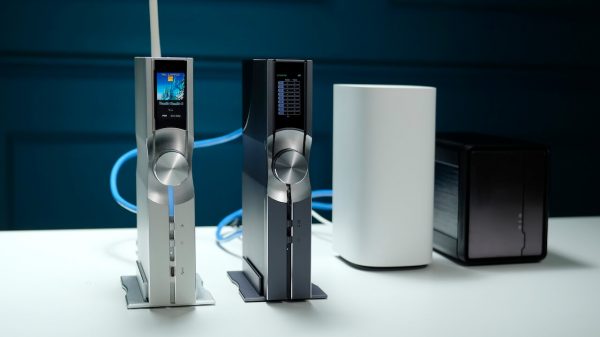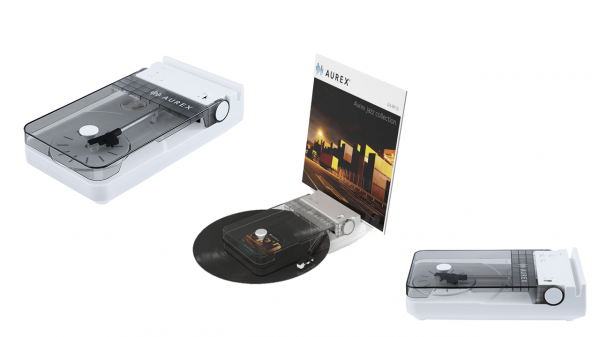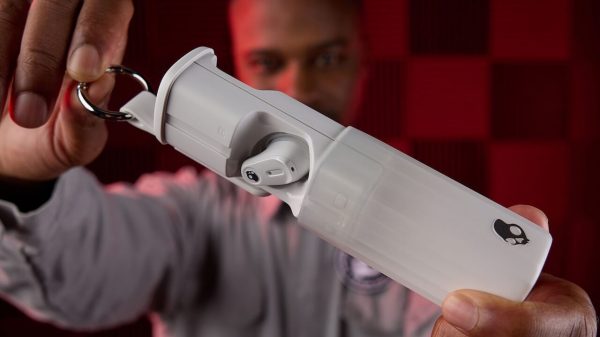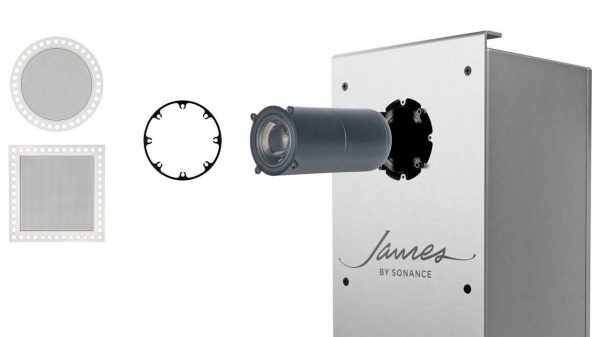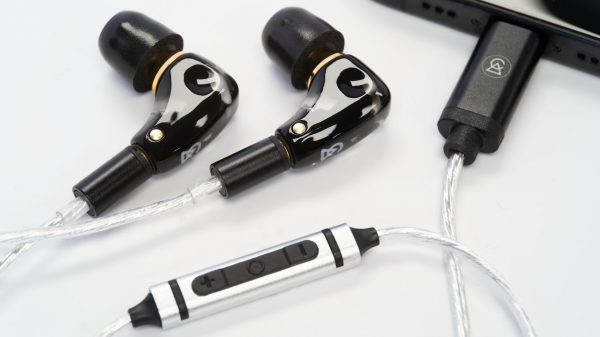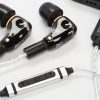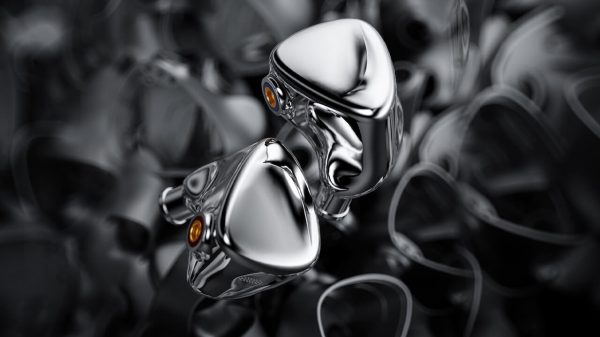One of the best aspects of the growth of the high-end headphone segment has been the emergence of niche manufacturers in every corner of the globe; we barely scratch the surface here in North America when it comes to companies that offer DAPs, IEMs, and headphone-related products.
CanJam events and T.H.E. Show offer rare opportunities to try products like a new IEM that Richard Zhang of Awedyo Audio brought with him.
This new IEM is a collaboration between two companies that are popular in Hong Kong and in the Chinese market but are pretty much unknown on these shores. Widing and Feverfew (also listed as FeverFlower and Mum) are both bespoke earphone manufacturers that operate in the high-end space in Asia and I was very interested to have a listen.
Widing was one of the first IEM manufacturers in China to publish frequency response graphs and measurements for their products as a method of showing that they sounded as good as they looked.
Widing currently offers six base models and several custom models that range in price from roughly $600 to almost $9,000 USD.
You may have also come across Widing products branded as Novodio in France and surrounding countries.
FeverFew is another boutique manufacturer out of Guangdong operated by JLLIN. They are often referred to as MUM in other regions of Asia and Europe. Their catalog is broken up into five models in the Daydream lineup, three in the Galileo Ring-iron Series, and single models in A3R and Phantom Shark lineups.
Each model is offered in different variations and one-off designs which makes each pair unique. The designs and construction materials range from acrylic shells on the A3R to stainless steel on the Daydream, and very expensive Damascus steels on the Galileo IEMs.

The Chan or “纏*” uses a bespoke case, shells, and cable fittings; the exterior is a gorgeous lotus flower design with each petal carefully folded to create the earpiece.
Looking at the underside of the shell you can clearly see the overlaid petals that hold the central portion of the faceplate. The handcrafted nature of these IEMs was rather unusual and there are very unique differences between the left and right earpieces.
Custom IEMs with elaborate artwork are often more beautiful than functional; I have tried a number of custom IEMs like this in the past and they were never comfortable to wear for extended periods of time. The Chan were not only very comfortable to wear but they offered an excellent balance between form and function.



The cable is an 8-strand oxygen free copper with strands in either clear or black contrasting casings and the jack housing and splitter are both hand-engraved. A functional chin slider is also provided using a brass disc.
Even the storage case and show stand add to the overall aesthetic; the case is textured and polished on the exterior, made of heavy gauge aluminum with a screw off top, and left as machined on the interior.
There is padding on the bottom of the case to protect the earpieces when at rest, but the walls and top are not padded which would suggest not losing the original shipping container.
A sculpted display stand also comes with the kit which is a truly unique touch and again stresses the art aspect.


Internally, the Chan utilizes a planar magnetic driver with an impedance of 14 ohms and a sensitivity of 98dB/mW which should make it easy to drive from a wide variety of sources.
With my A&K Kann Alpha, it was perfectly at home with gain set at the middle level and I found the Chan was equally happy with the Cayin N3ii although it did need a bit more gain and volume to standard listening levels.
I hesitate to comment too much on sound as shows are terrible places to listen as there is always a lot of outside noise competing for your attention even with the better than average isolation of the Chan.
What I did hear was a slightly bass boosted signature with fast attack and decay that kept the lows from sounding overly weighted. This is not a bass head design but not completely neutral either as it delivers enough bass to make things like the Chemical Brothers sound lively.
The midrange has good detail and texture with vocals being well defined and just slightly forward of the rest of the instrumentation and highs did have good extension if a little less note weight than the bass.
The soundstage depth and width was good considering this is a closed back IEM and imaging was good as well with movements fairly easily tracked.

Conclusion
I’m not ready to pass judgement on the Chan based on what little time I had with it but I do think it is important to spotlight companies that are doing unique things in our hobby. The Widing/Feverfew partnership is as much about visual art as it is about audio.
A lot of manufacturers are focusing on sound to the exclusion of all else, so we see a lot of industrial looking IEMs with brushed aluminum shells and just enough rounding of edges to prevent discomfort and visible screws to hold faceplates on.
The Chan takes the opposite approach and is gorgeous to look at on the provided stand or just in hand. Even the cable and case are of higher quality than typically seen on most flagship models and they do sound rather good.
Is the sound alone worth the $4,500 asking price? I would need to spend more time with the Chan and make some comparisons with other IEMs in the $2,000 to $4,000 range before making that statement. It is a gorgeous piece of industrial design but that alone doesn’t make it worth the money.
For more information: www.widing.cc



